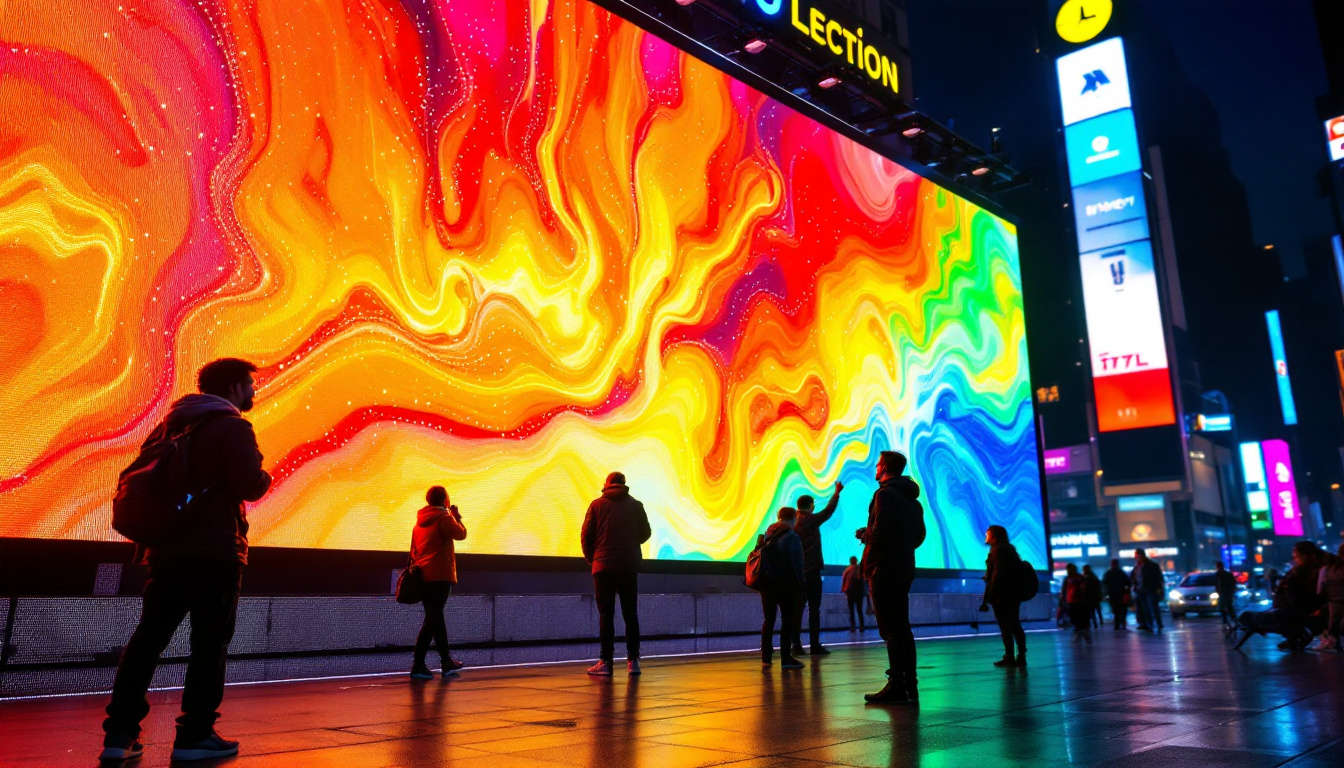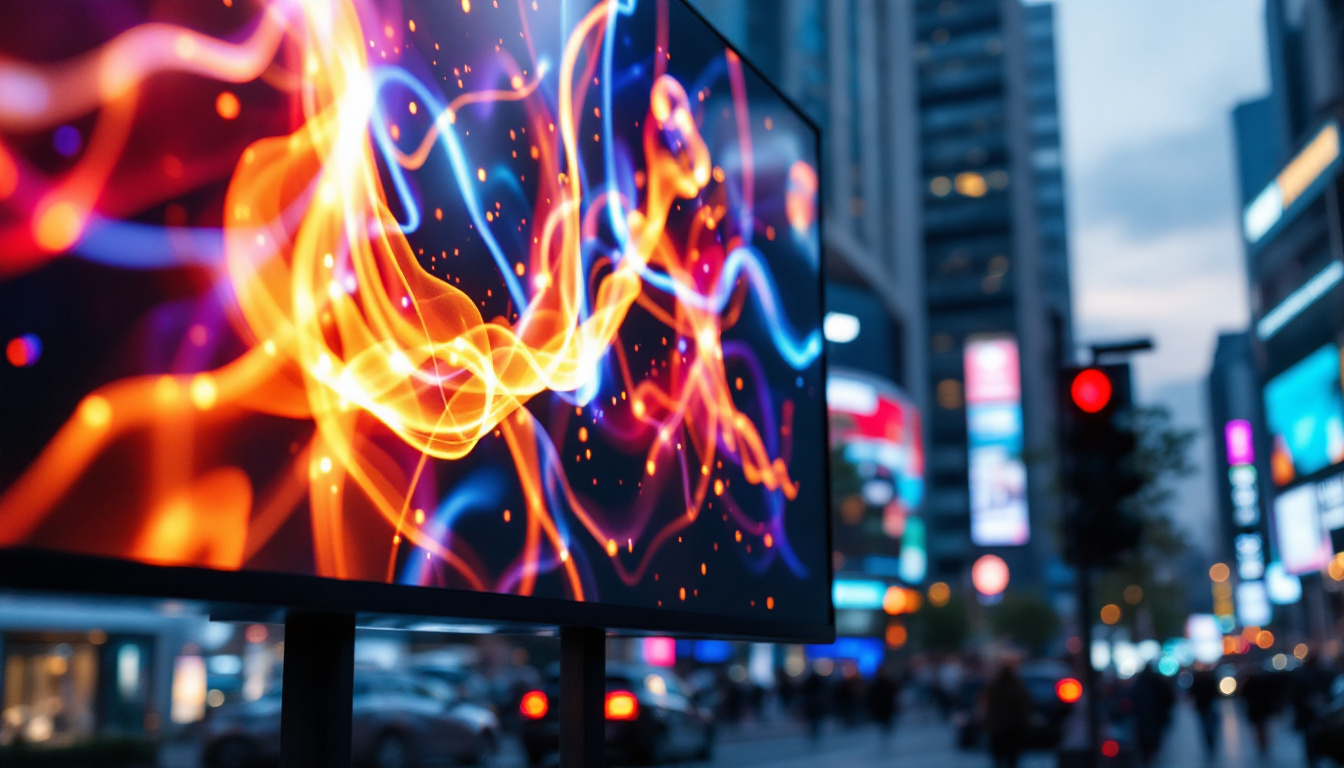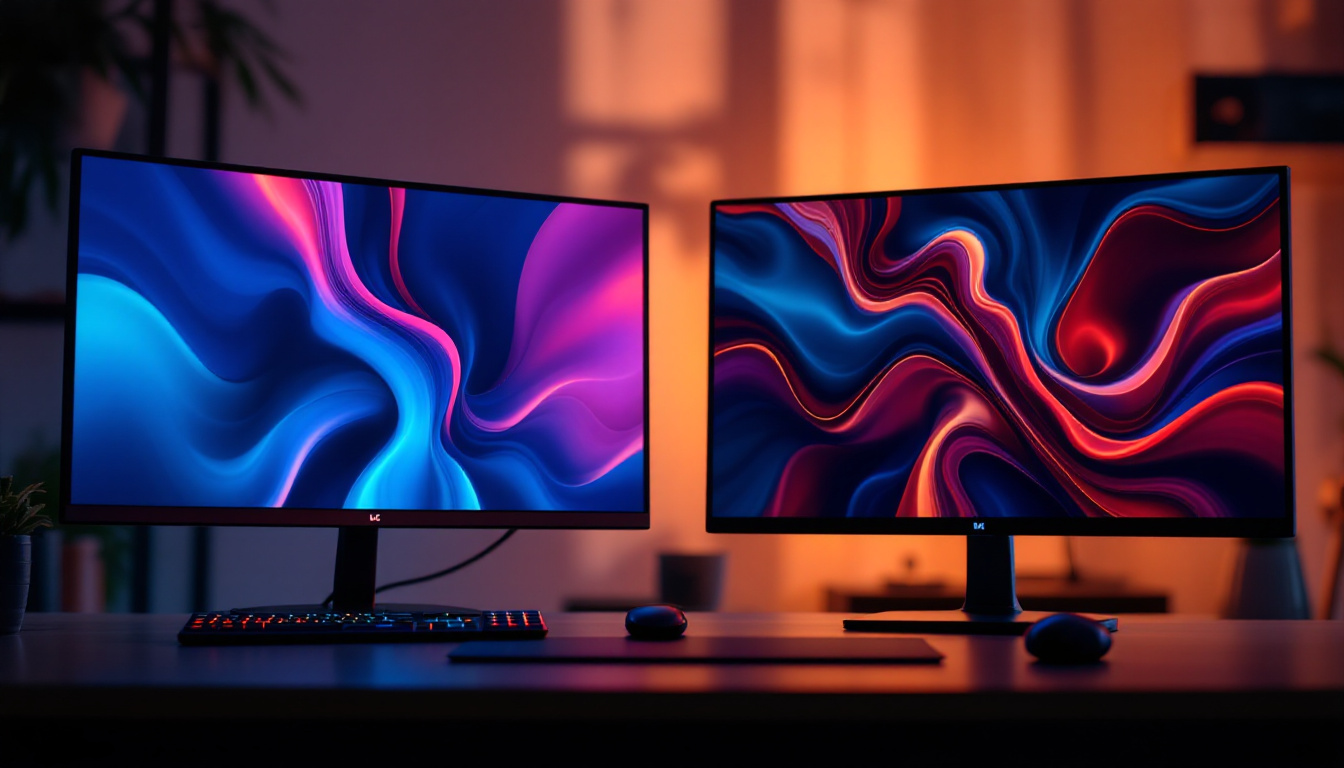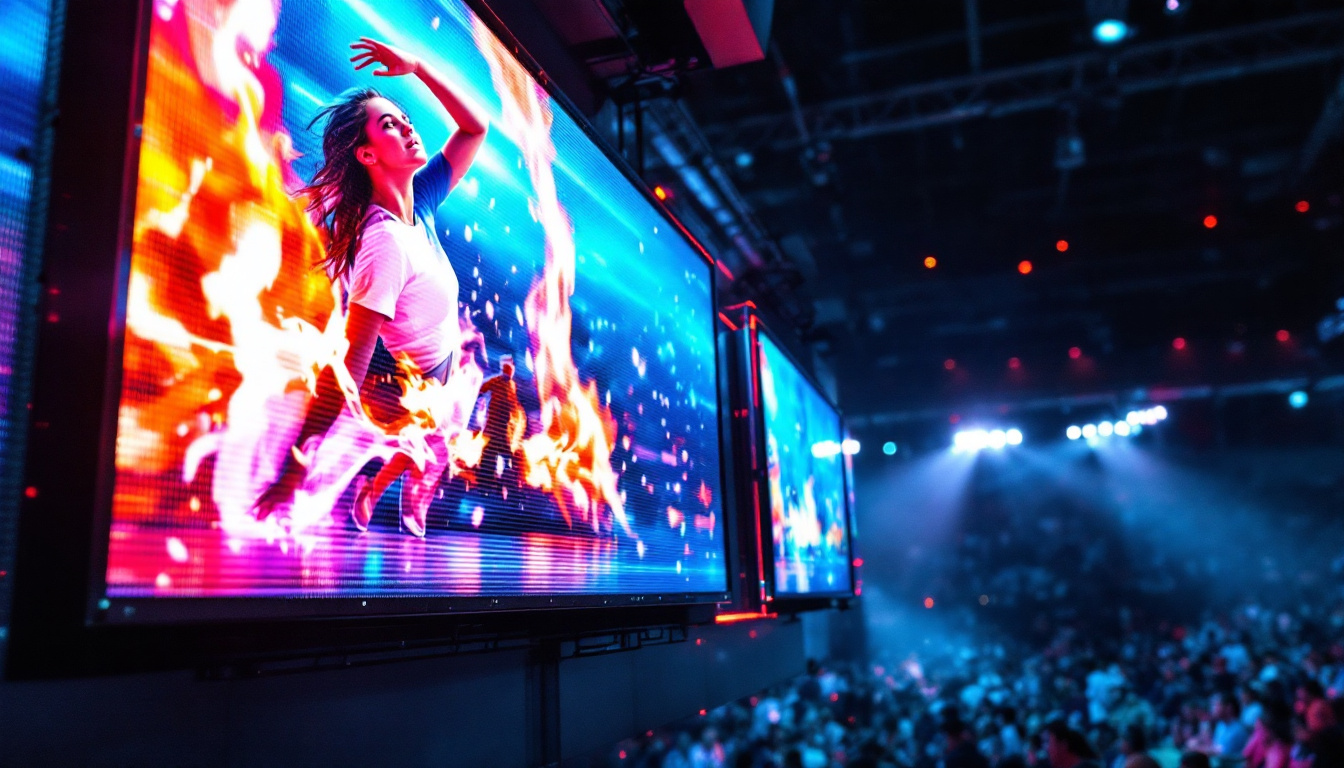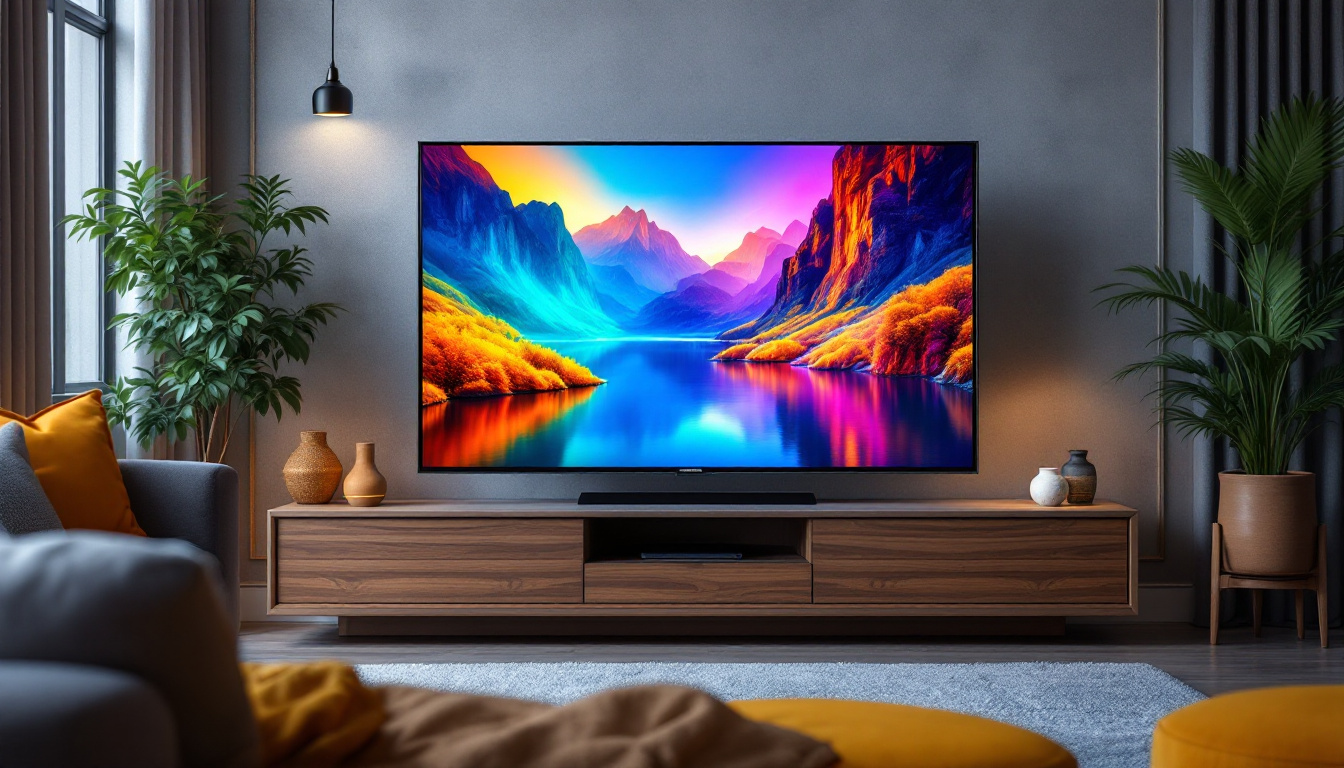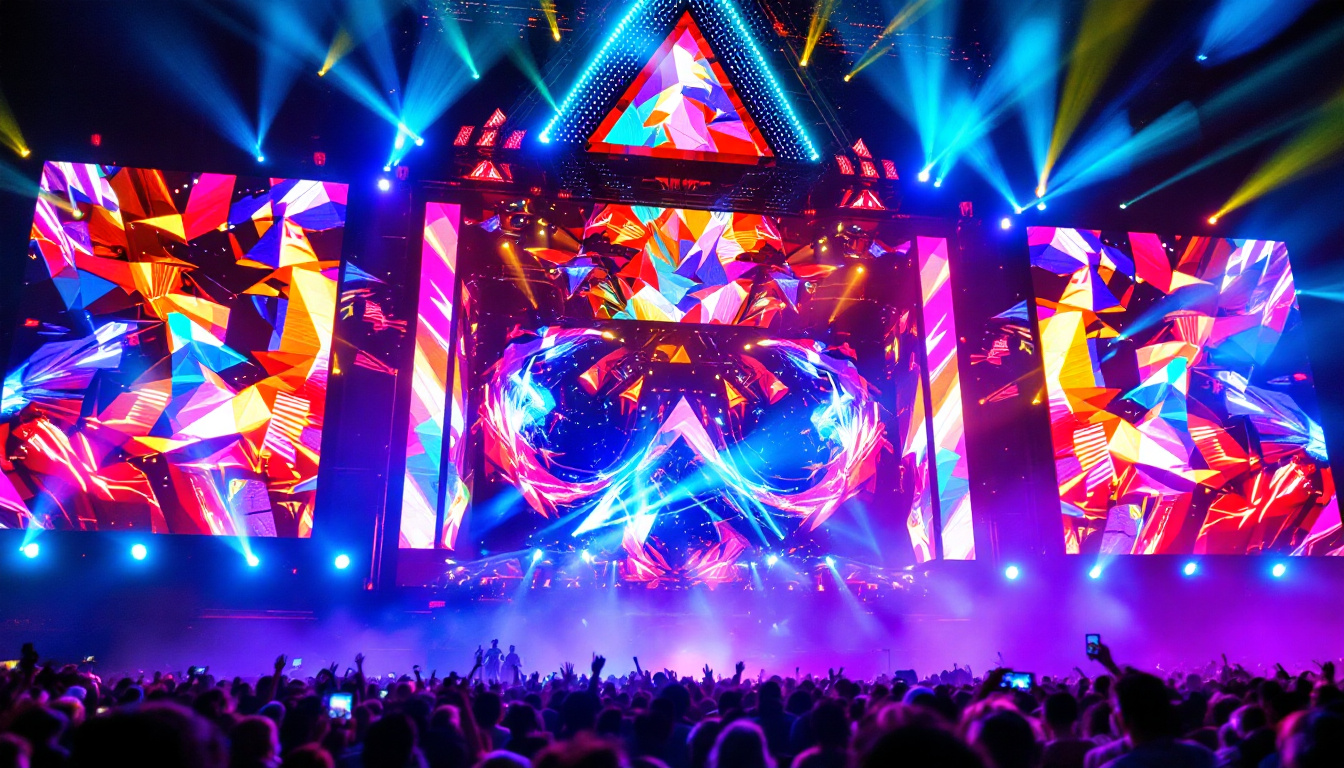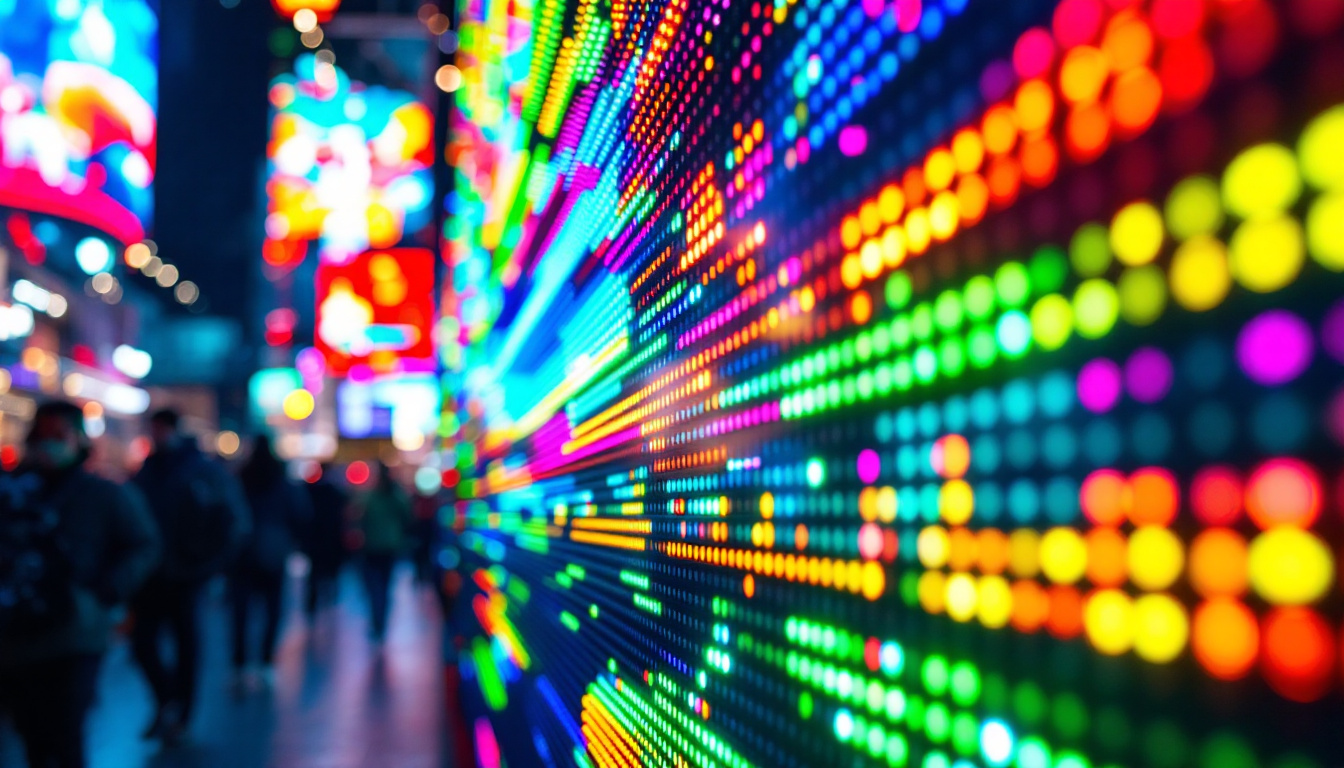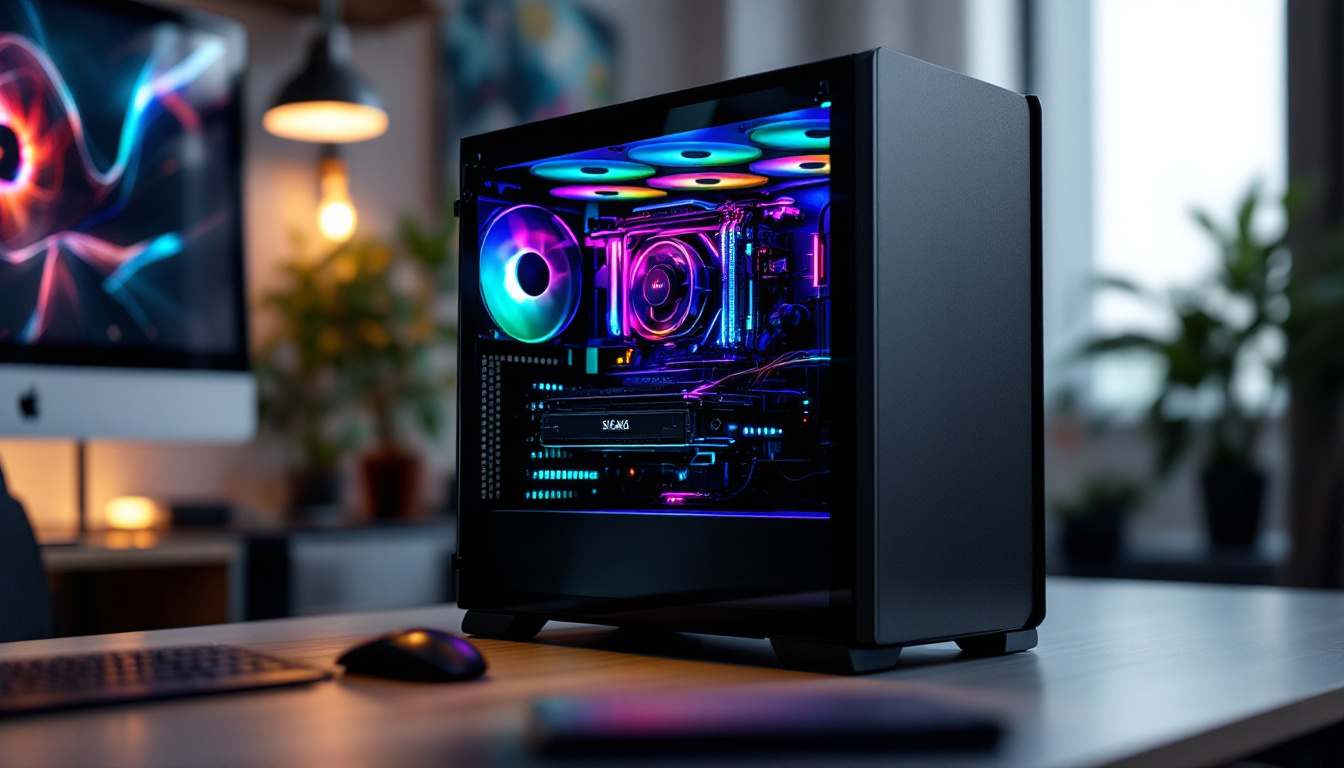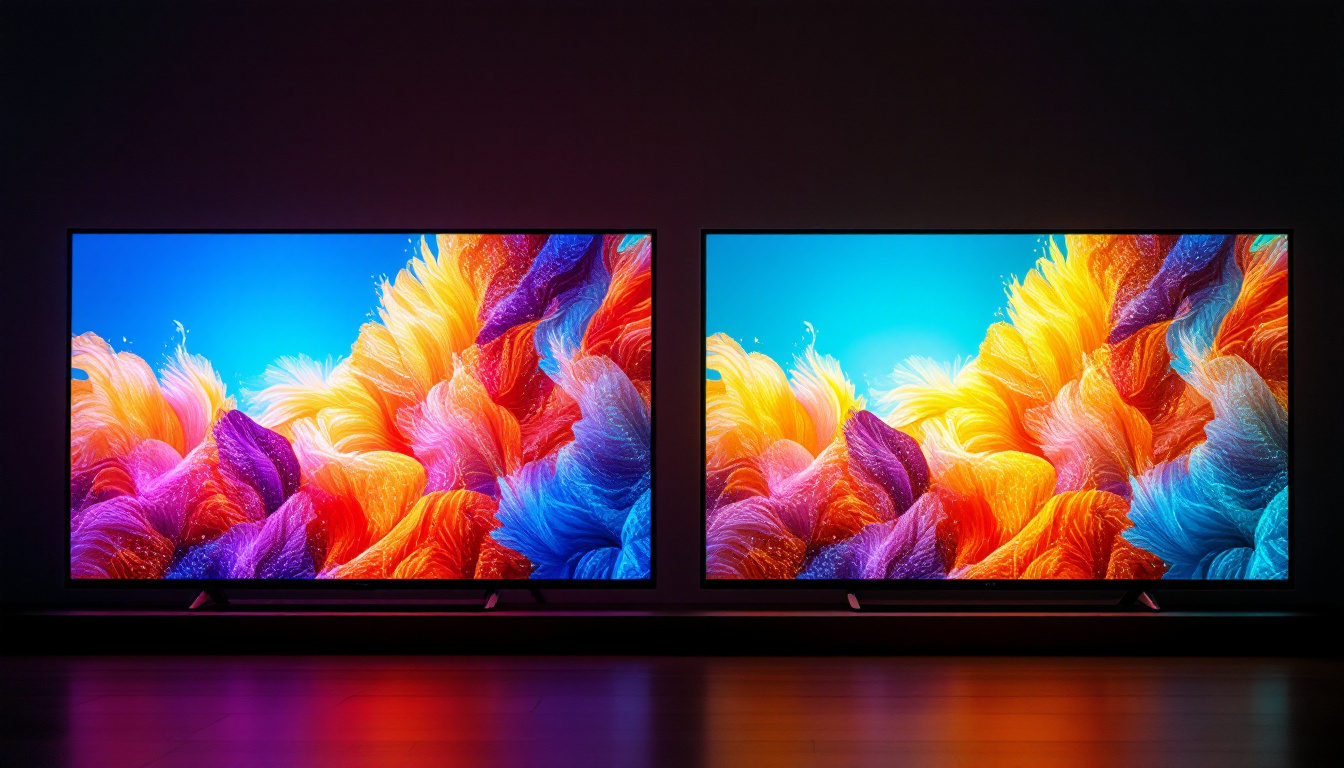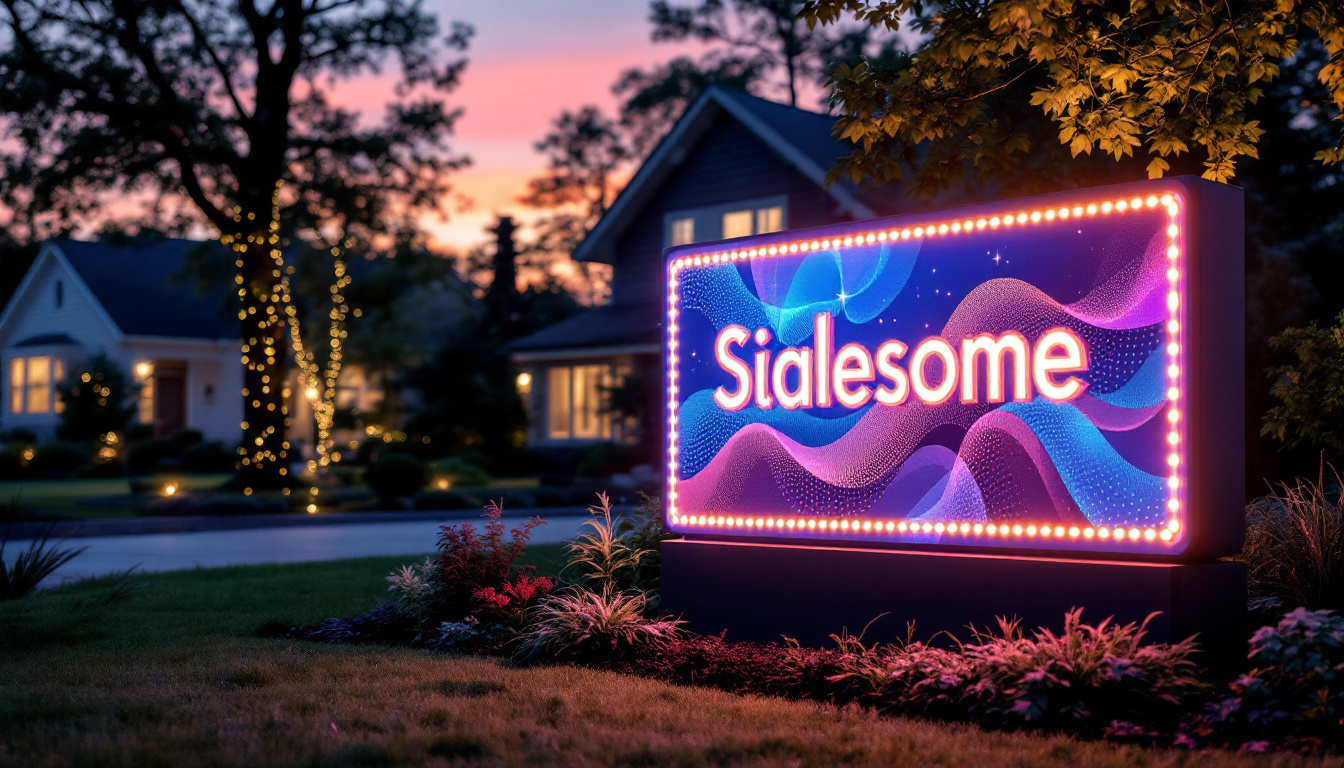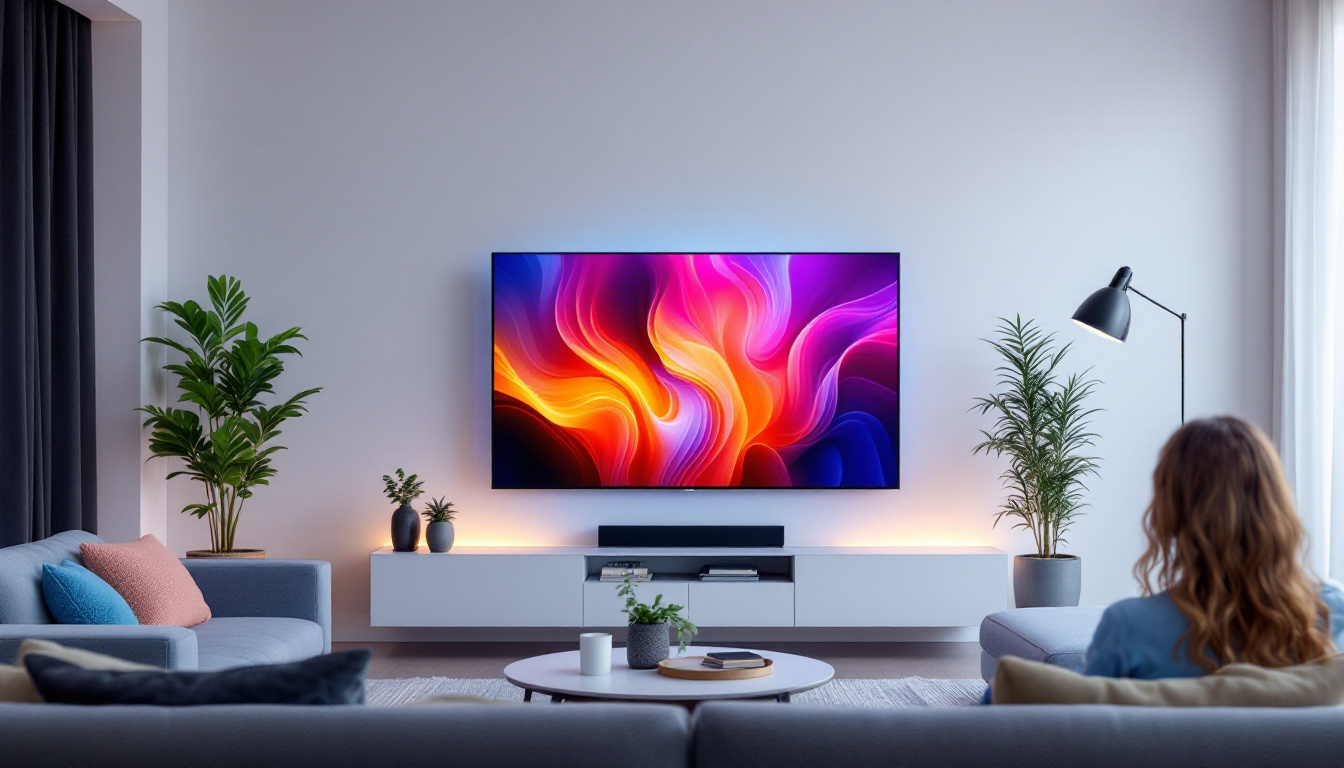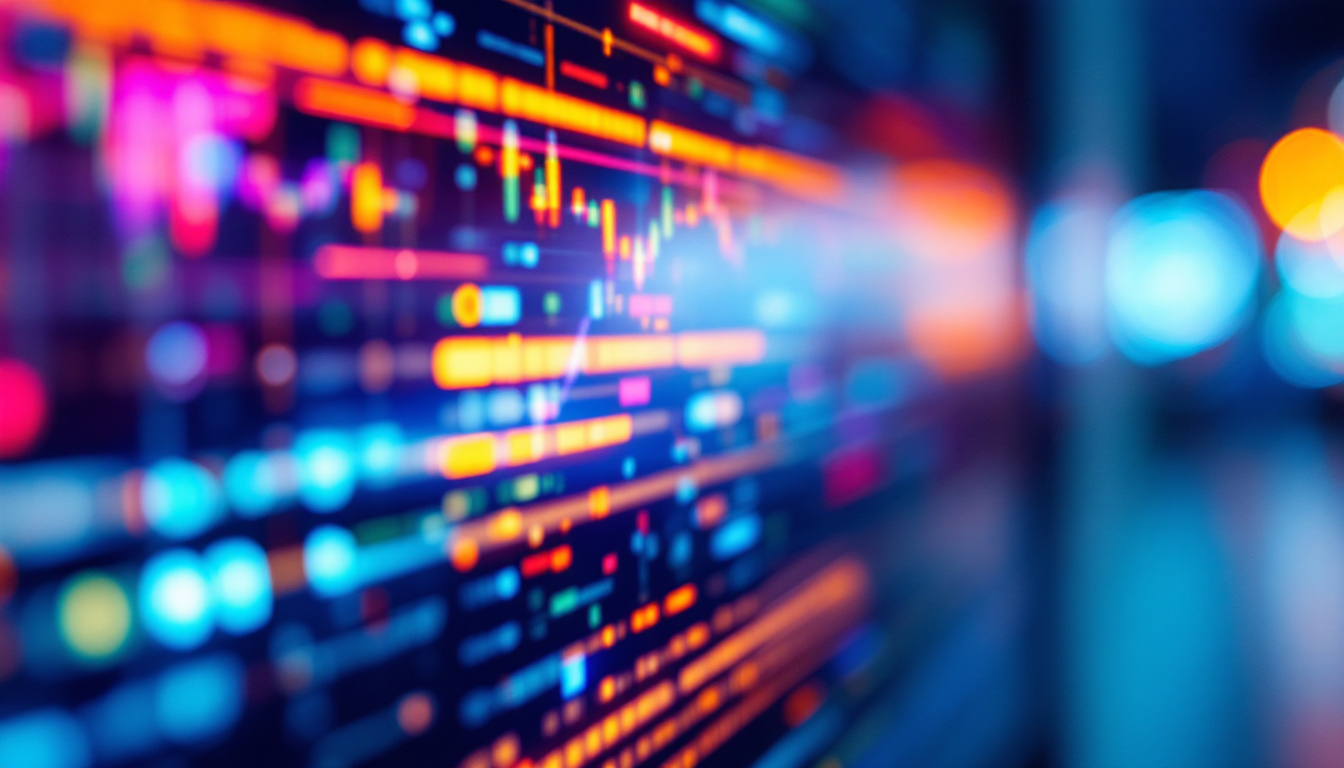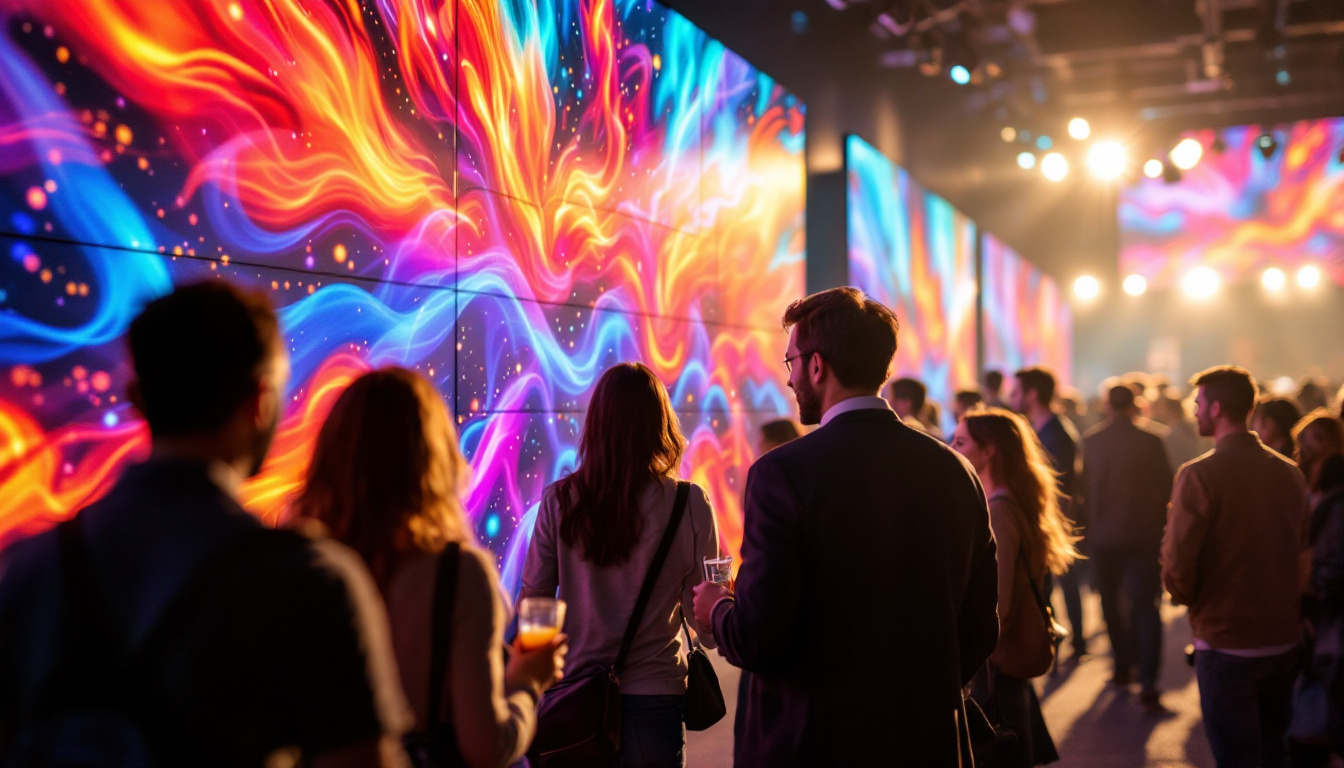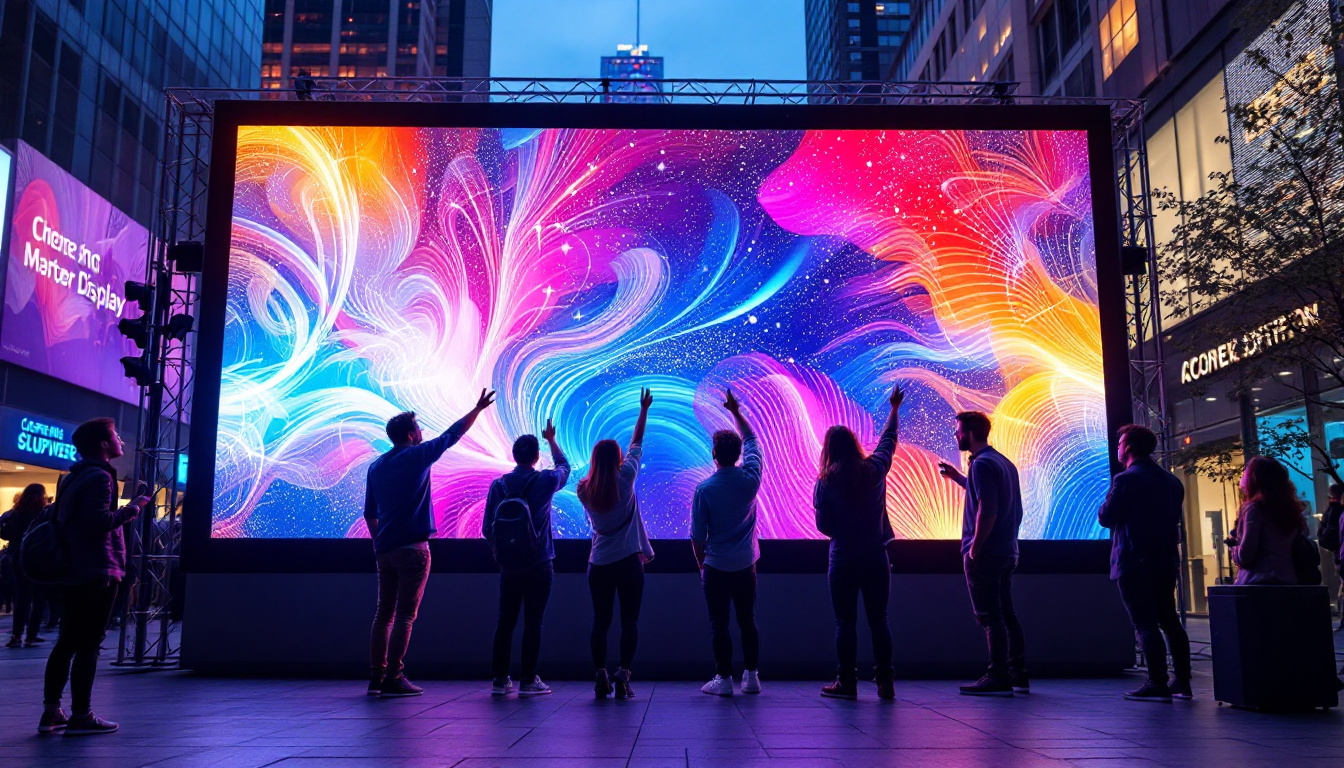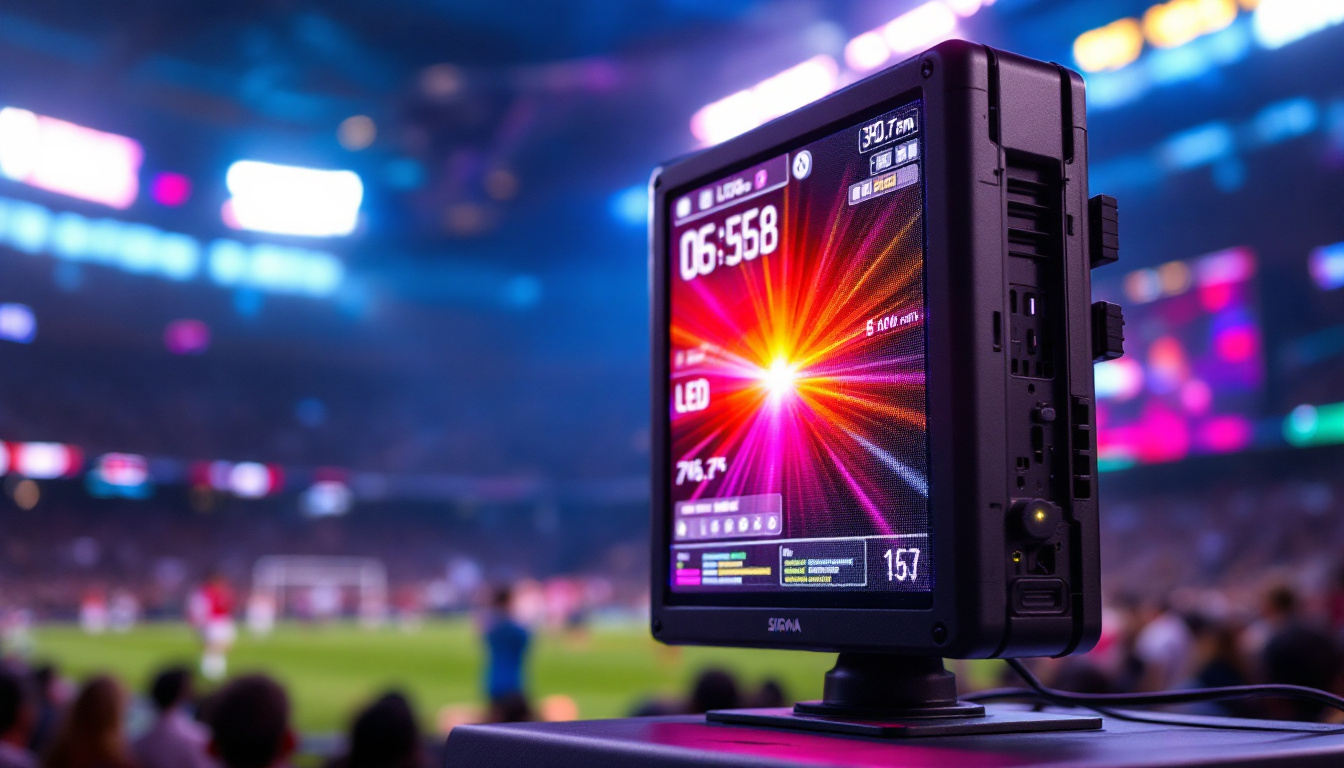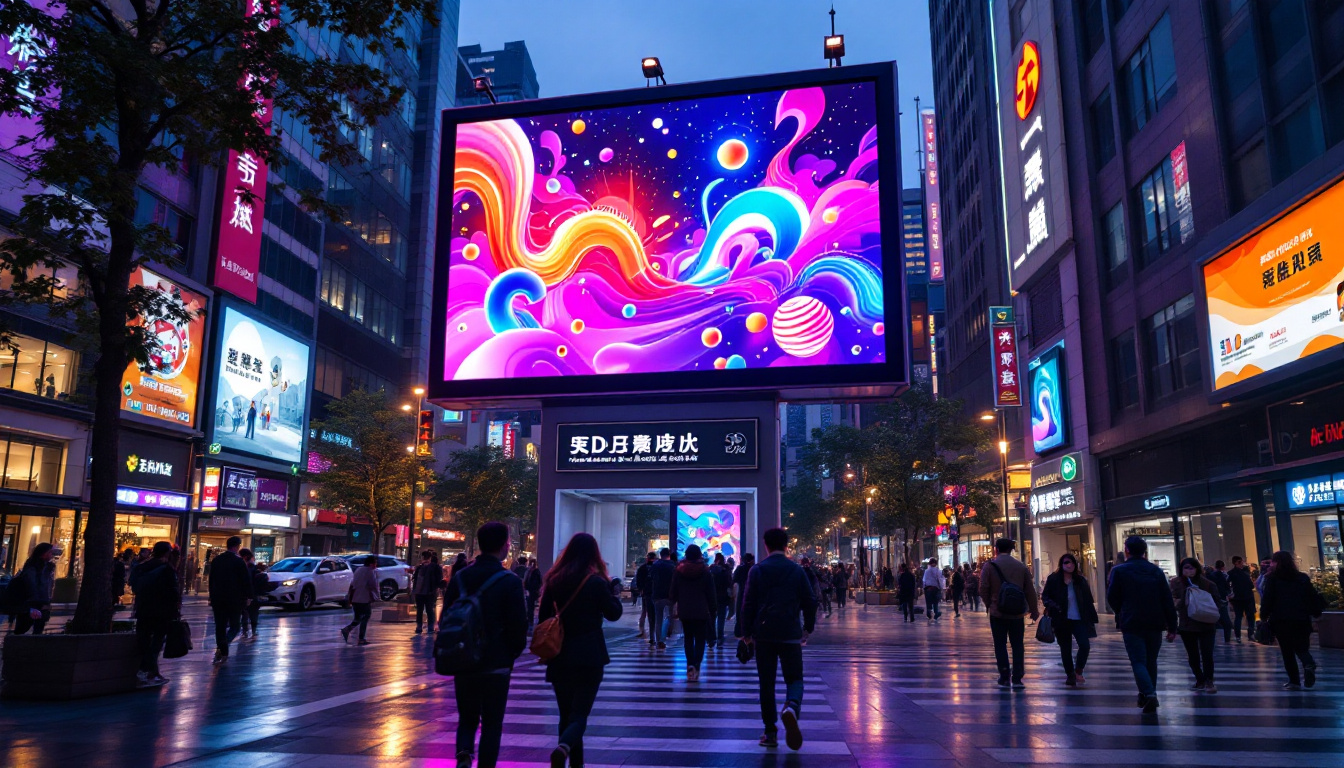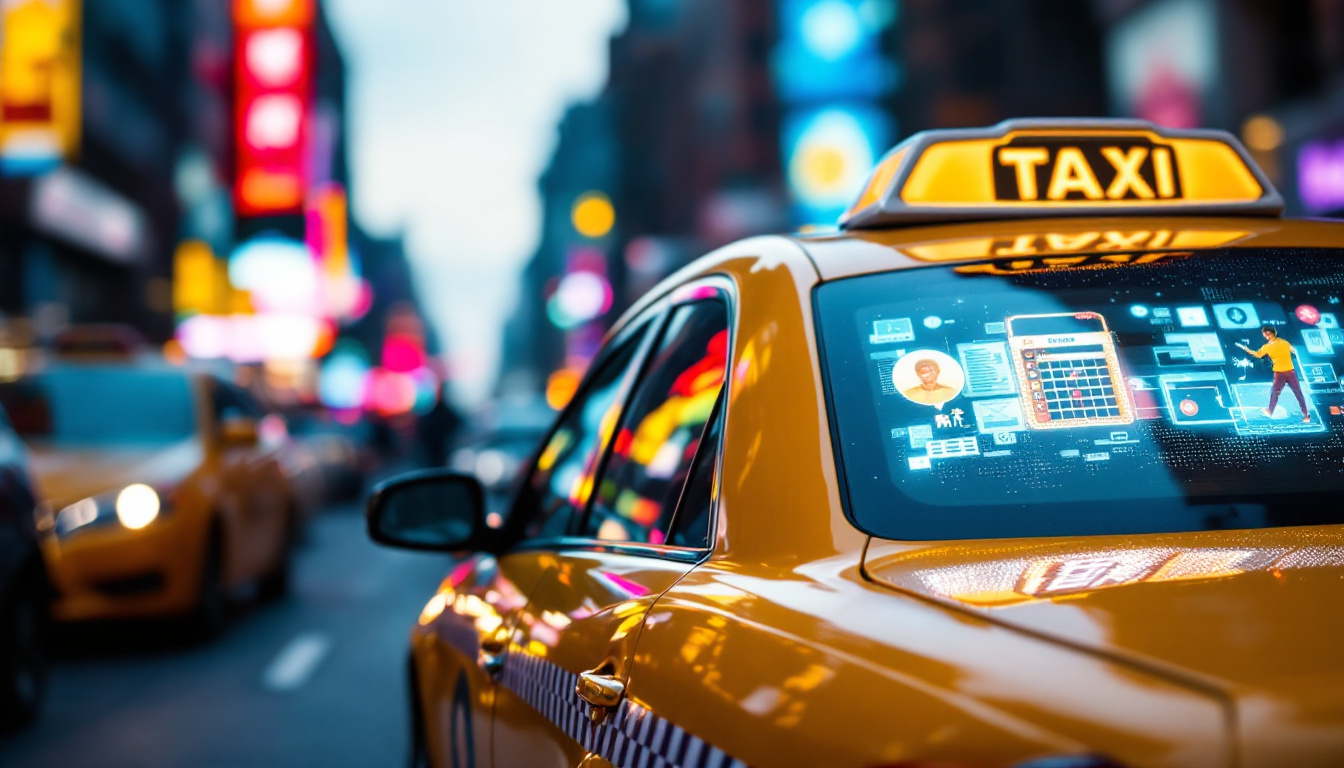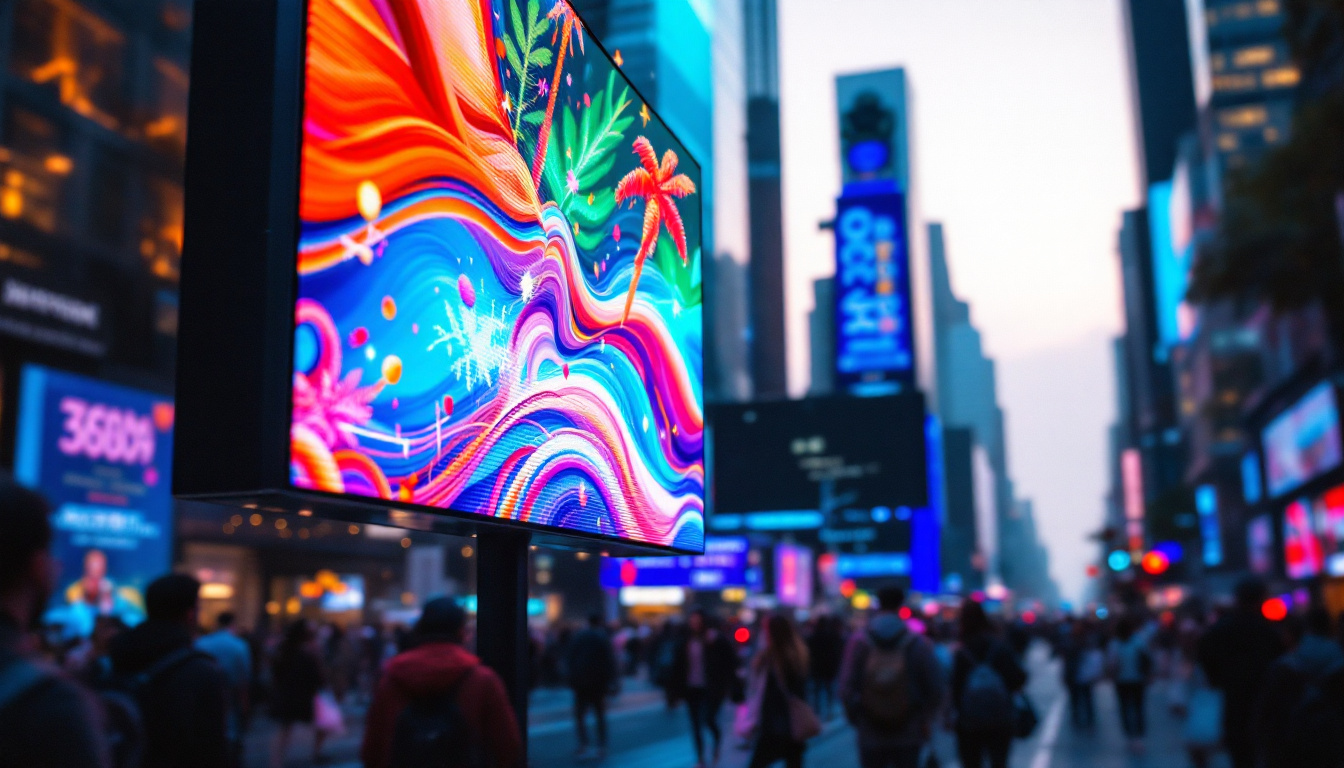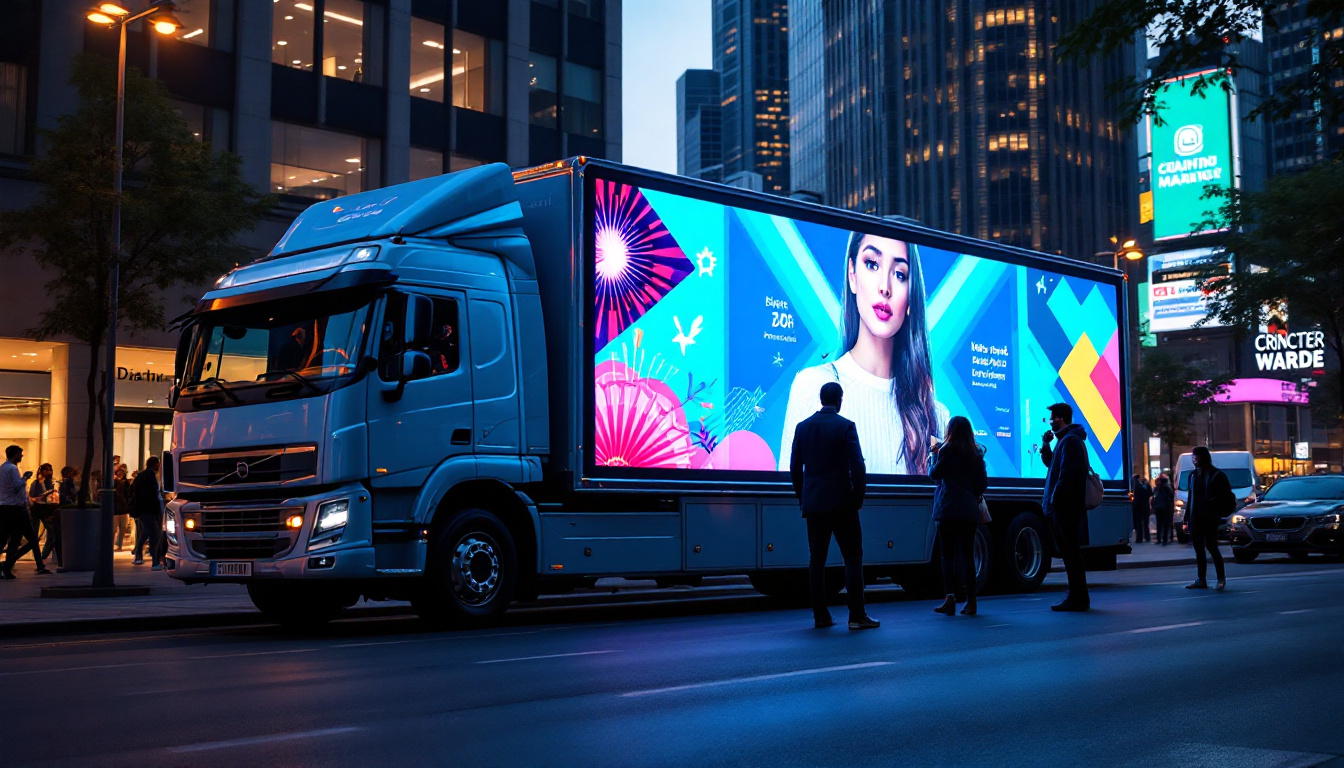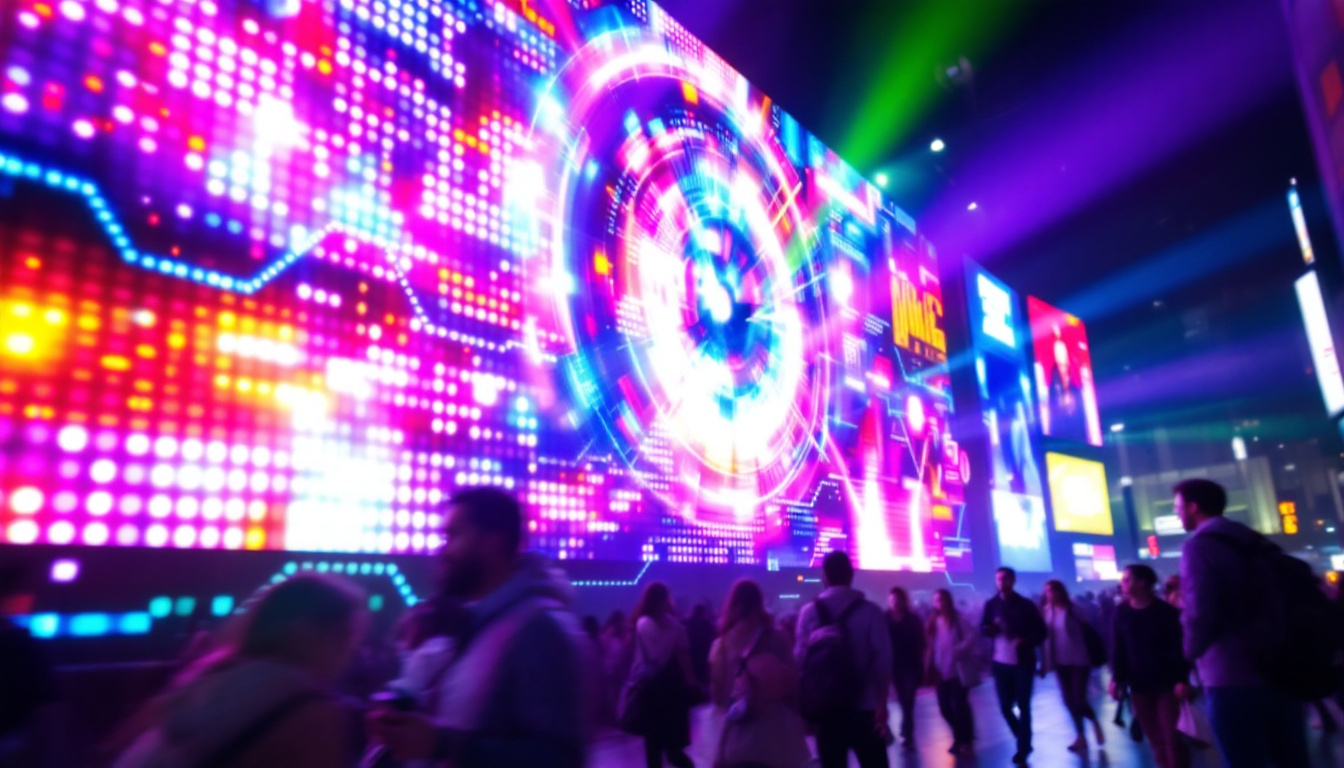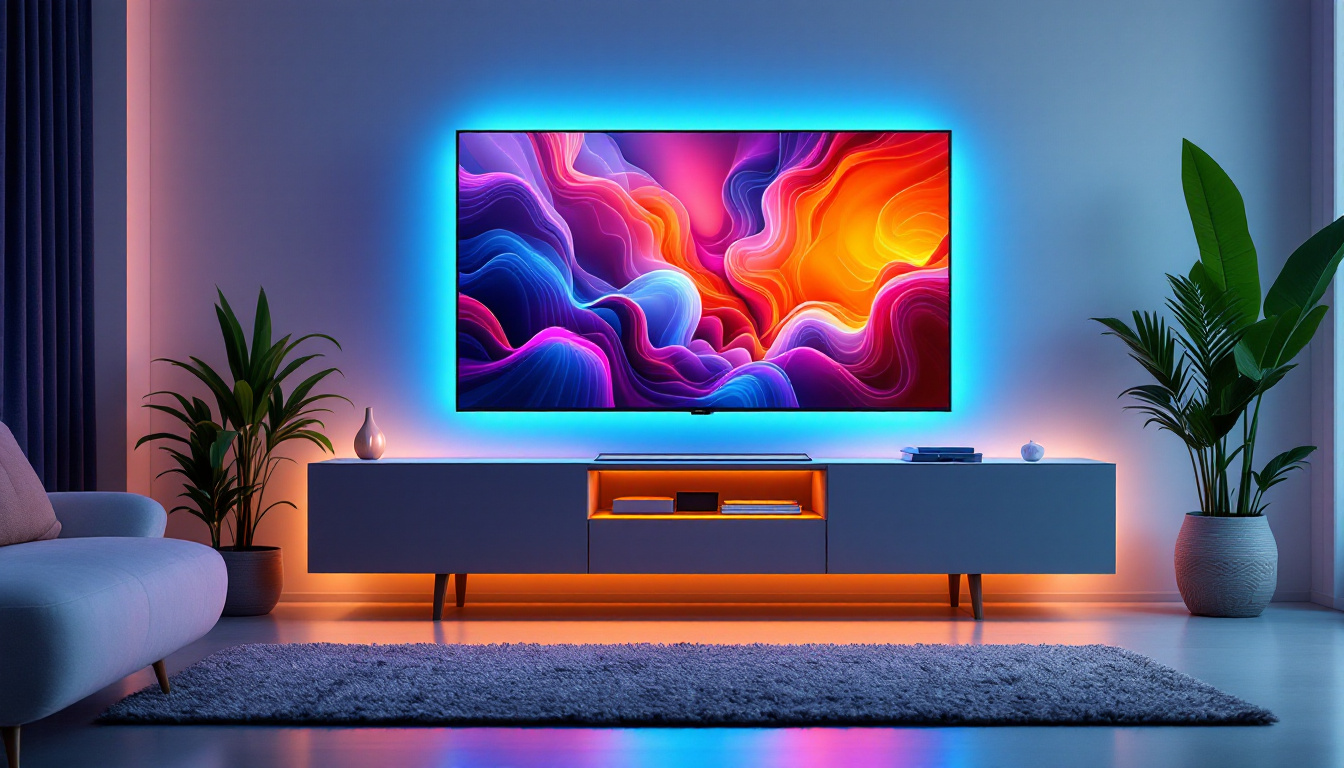In the modern world, LED displays have become ubiquitous, lighting up everything from billboards to smartphones. Their vibrant colors and energy efficiency have made them the go-to choice for visual communication. This article delves into the intricacies of LED displays, exploring their technology, applications, and future trends.
Understanding LED Technology
Light Emitting Diodes (LEDs) are semiconductor devices that emit light when an electric current passes through them. This technology has evolved significantly since its inception, leading to the development of various types of LED displays that cater to different needs. Initially, LEDs were primarily used as indicator lights in electronic devices, but advancements in technology have expanded their applications to include everything from household lighting to complex digital signage.
How LEDs Work
At the core of LED technology is the principle of electroluminescence. When electrons recombine with holes within the device, energy is released in the form of photons, which is visible light. The color of the light emitted depends on the materials used in the semiconductor. For instance, gallium nitride produces blue light, while gallium phosphide emits green. This process is highly efficient, allowing LEDs to convert a greater percentage of electrical energy into light compared to traditional incandescent bulbs, which waste much of their energy as heat.
This fundamental mechanism has led to the creation of various LED configurations, including single-color, RGB (red, green, blue), and full-color displays. Each configuration offers unique advantages, making them suitable for different applications. For example, RGB LEDs can be combined in various intensities to produce a wide spectrum of colors, enabling vibrant displays that are ideal for entertainment venues and advertising. Additionally, the longevity of LEDs, often exceeding 25,000 hours of use, makes them a cost-effective choice for both consumers and businesses.
Types of LED Displays
LED displays can be categorized into several types based on their application and technology. The most common types include:
- Direct View LED Displays: These displays are made up of individual LEDs arranged in a grid. They are commonly used in outdoor advertising and large-scale installations, such as sports arenas and concert venues, where visibility from a distance is crucial.
- LED Backlit Displays: These screens use LEDs as a backlight for LCD panels, enhancing brightness and color accuracy. They are prevalent in televisions and computer monitors, providing sharper images and deeper blacks compared to traditional fluorescent backlighting.
- Organic LED (OLED) Displays: OLED technology utilizes organic compounds to emit light. This allows for thinner screens and better contrast, making them popular in high-end smartphones and televisions. OLED displays can achieve true blacks because individual pixels can be turned off completely, resulting in a more immersive viewing experience.
In addition to these common types, there are also specialized LED displays designed for niche applications. For instance, transparent LED displays are gaining popularity in retail environments, allowing products to be showcased behind a digital screen while still displaying dynamic content. Furthermore, flexible LED displays are being developed for use in innovative applications such as wearable technology and curved surfaces, expanding the possibilities of how we interact with visual media.
Applications of LED Displays
The versatility of LED displays has led to their widespread adoption across various industries. From advertising to entertainment, their applications are diverse and continually expanding.
Advertising and Marketing
One of the most prominent uses of LED displays is in advertising. Billboards and digital signage utilize LED technology to capture attention with bright, dynamic visuals. Unlike traditional static billboards, LED displays can change content in real-time, allowing for targeted advertising and increased engagement.
Furthermore, the ability to display high-resolution images and videos enhances the effectiveness of marketing campaigns. Brands can showcase their products in a visually appealing manner, making it easier to attract potential customers. The interactivity of some LED displays also allows for engaging consumer participation, such as touch screens that let users browse products or promotions, creating a more personalized shopping experience.
Entertainment and Events
In the entertainment industry, LED displays play a crucial role in enhancing the audience experience. Concerts, festivals, and sporting events often feature large LED screens that provide live feeds, graphics, and animations. These displays create an immersive environment, allowing attendees to enjoy the event from various angles.
Additionally, LED technology is instrumental in theatrical productions and exhibitions, where vibrant visuals can significantly enhance storytelling and audience engagement. The integration of LED walls in stage design allows for dynamic backdrops that can change with the narrative, providing a richer visual context. This adaptability not only captivates the audience but also allows for innovative artistic expressions that were previously difficult to achieve with traditional stage setups.
Transportation and Public Spaces
LED displays are increasingly being utilized in transportation systems and public spaces. Train stations, airports, and bus terminals employ LED screens for displaying real-time information, such as arrival and departure times. This not only improves passenger experience but also enhances operational efficiency.
Moreover, in urban areas, LED displays are often used for public announcements, emergency alerts, and community events, making them an integral part of modern city infrastructure. Their energy efficiency and long lifespan also contribute to sustainability efforts in city planning. With the ability to adjust brightness based on ambient light, LED displays minimize energy consumption while ensuring visibility, making them a smart choice for municipalities aiming to adopt greener technologies. Additionally, the use of LED displays in public spaces encourages community engagement by providing a platform for local artists and events, fostering a sense of connection among residents.
Advantages of LED Displays
The growing popularity of LED displays can be attributed to their numerous advantages over traditional display technologies. Understanding these benefits helps to explain why they have become the preferred choice for many applications.
Energy Efficiency
One of the most significant advantages of LED displays is their energy efficiency. Compared to traditional incandescent or fluorescent displays, LEDs consume significantly less power. This not only reduces electricity costs but also minimizes the environmental impact, making them a more sustainable option.
Additionally, the longevity of LED technology means that these displays require less frequent replacement, further contributing to energy savings and reducing waste.
Brightness and Visibility
LED displays are known for their exceptional brightness, making them easily visible even in direct sunlight. This characteristic is particularly important for outdoor applications, where visibility can be compromised by ambient light conditions.
The ability to adjust brightness levels also allows for optimal viewing experiences in various environments, ensuring that content remains clear and engaging.
Color Accuracy and Quality
LED technology offers superior color accuracy and quality compared to other display types. With the ability to produce a wide color gamut, LED displays can reproduce vibrant and lifelike images. This is particularly beneficial for applications requiring precise color representation, such as graphic design and photography.
Moreover, advancements in LED technology have led to improved resolution, allowing for sharper images and enhanced detail, further elevating the viewing experience.
Challenges and Considerations
Despite their many advantages, LED displays are not without challenges. Understanding these limitations is essential for making informed decisions when selecting display technology.
Initial Cost
While LED displays offer long-term savings through energy efficiency and durability, their initial purchase and installation costs can be higher than traditional display technologies. This upfront investment may deter some businesses or organizations from adopting LED solutions.
However, as technology advances and production costs decrease, the price gap is gradually narrowing, making LED displays more accessible to a wider audience.
Heat Management
LED displays generate heat during operation, which can affect performance and longevity if not properly managed. Effective heat dissipation is crucial to prevent overheating, which can lead to reduced brightness and lifespan.
Manufacturers often implement cooling systems and thermal management solutions to address this issue, ensuring optimal performance and reliability.
Maintenance Requirements
While LED displays are generally low-maintenance, they do require periodic cleaning and inspection to ensure optimal performance. Dust, dirt, and environmental factors can impact image quality over time, necessitating regular upkeep.
Furthermore, in the event of a malfunction, repairing LED displays can be more complex than traditional displays, requiring specialized knowledge and tools.
The Future of LED Displays
The future of LED displays is promising, with ongoing advancements in technology and applications. As industries continue to evolve, LED displays are expected to play an increasingly vital role in shaping visual communication.
Innovations in Technology
Recent innovations in LED technology, such as MicroLED and MiniLED, are paving the way for even more advanced displays. These technologies offer improved resolution, color accuracy, and energy efficiency, making them ideal for high-end applications.
MicroLED, in particular, is gaining attention for its potential to create ultra-thin, flexible displays that can be used in a variety of settings, from wearable devices to large-scale installations.
Integration with Smart Technology
As smart technology continues to permeate various aspects of daily life, LED displays are increasingly being integrated with IoT (Internet of Things) systems. This integration allows for real-time data sharing, remote monitoring, and enhanced interactivity.
For example, smart LED signage can adapt content based on audience demographics, weather conditions, or real-time events, creating a more personalized experience for viewers.
Sustainability Initiatives
With growing awareness of environmental issues, the demand for sustainable display solutions is on the rise. LED technology is inherently more eco-friendly than traditional display technologies, but manufacturers are also exploring ways to further reduce their environmental impact.
Efforts include using recyclable materials in production, implementing energy-efficient manufacturing processes, and developing displays with longer lifespans. These initiatives not only benefit the environment but also align with consumer preferences for sustainable products.
Conclusion
LED displays have revolutionized the way visual information is communicated, offering numerous advantages in terms of energy efficiency, brightness, and color accuracy. Their applications span various industries, from advertising to public transportation, highlighting their versatility and importance in modern society.
As technology continues to advance, the future of LED displays looks bright. Innovations in display technology, integration with smart systems, and a focus on sustainability will shape the evolution of this dynamic field. For businesses and organizations looking to enhance their visual communication, investing in LED technology is not just a trend; it is a strategic move towards a more engaging and efficient future.
Discover LumenMatrix LED Display Solutions
Ready to elevate your visual communication with the latest in LED technology? LumenMatrix is at the forefront of innovation, offering a diverse range of LED display solutions tailored to your needs. From captivating Indoor and Outdoor LED Wall Displays to dynamic Vehicle and Sports LED Displays, our products are designed to make your brand stand out. Experience the future of digital signage with our Custom, All-in-One, and Transparent LED Displays, all crafted to create immersive visual experiences and drive engagement. Don’t miss the opportunity to transform your space with LumenMatrix. Check out LumenMatrix LED Display Solutions today and see your vision come to life.

